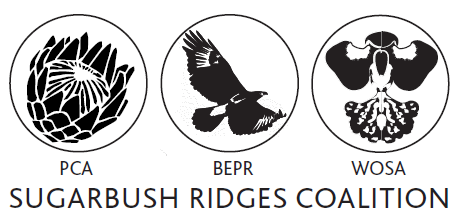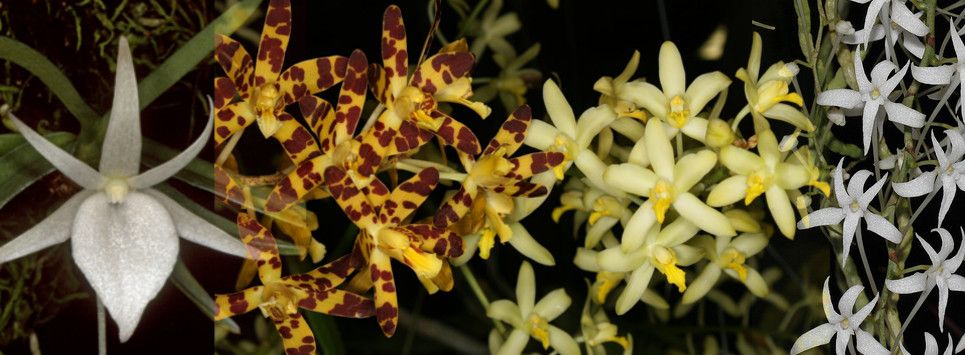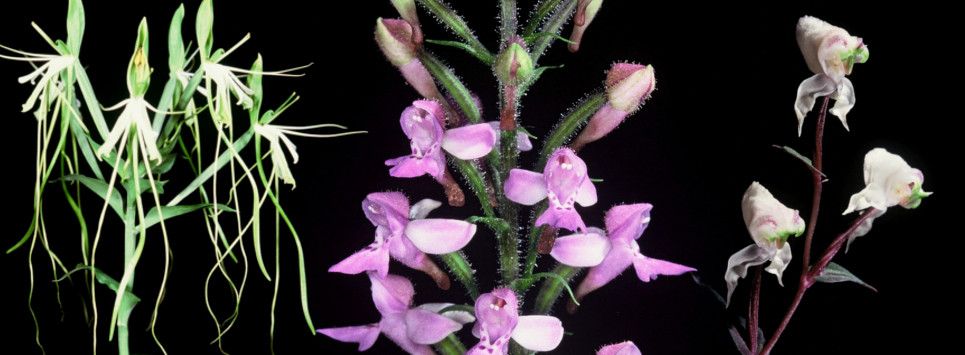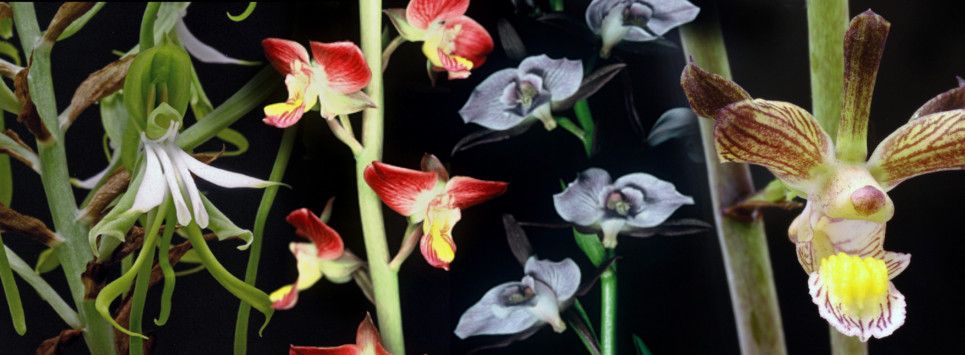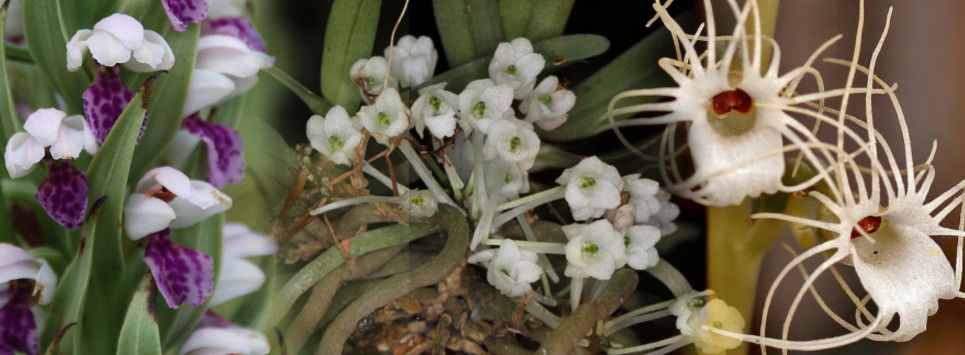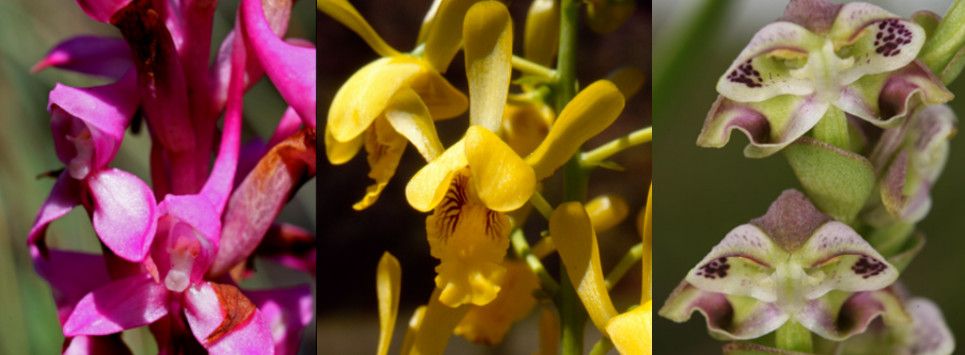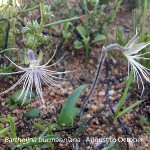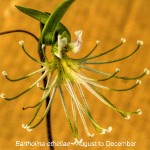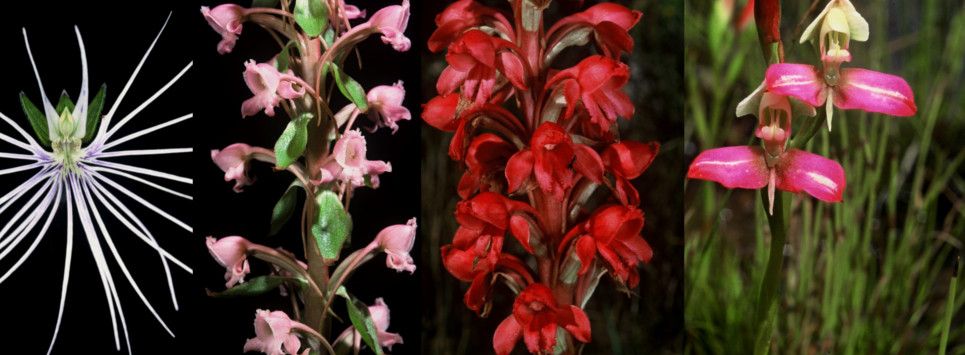
Welcome to WOSA
Very little is known about indigenous orchids by the public who are largely unaware that there are just under 500 species of which 45 are endemic (only occur in South Africa). Very little research has been carried out regarding ecology, conservation and propagation although a number of species have become extinct and habitat destruction is progressing at an alarming rate. Up until now there has been no attempt to address these issues on a National scale and Provincial legislation and cooperation is fragmented. Only through a focused National integrated effort that engages the public and all roll players will survival of orchids be assured.
Bartholina
This genus consists of two species found in the Western, Eastern and Northern Cape and southern Namibia. It is a terrestrial species with a solitary, hairy leaf. A single flower is borne on the tip of a hairy flower stem. Flowers generally large and seem to be related to the genus Holothrix. These two species must be classified as some of the more spectacular of the South African Orchids.
Credit
Johnson, S.D., Bytebier, B., Stärker, H. (2010). Orchids of South Africa: A field guide. Struik Nature, Cape Town, South Africa.
Bartholina burmanniana
Description
Slender terrestrial up to 230 mm tall. Has 1 leaf, that is circular and flat on the ground. Inflorescence hairy and carries a single flower. The sepals are greenish and the petals and lip are a pale greyish white to pale mauve. This is a single species genus.
Bartholina etheliae
Description
Slender terrestrial up to 300 tall. Has 1 leaf, flat on the ground, circular, up to 36 x 24mm. Inflorescence hairy, single flowered. Flowers have green sepals, petals and lip pale lilac-blue, terminals have white knobs. Sepals up to 20mm long, petals linear to spear-shaped, up to 20mm long. Lip spreading, fan shaped, divided into 4-6 lobes, comprised of numerous thread-like segments with terminal knobs. Spur up to 14mm long.
For more information regarding the preservation of South Africa's wild Orchids or if you would like to get involved please email This email address is being protected from spambots. You need JavaScript enabled to view it. or complete this short form Contact Us and we will contact you.
